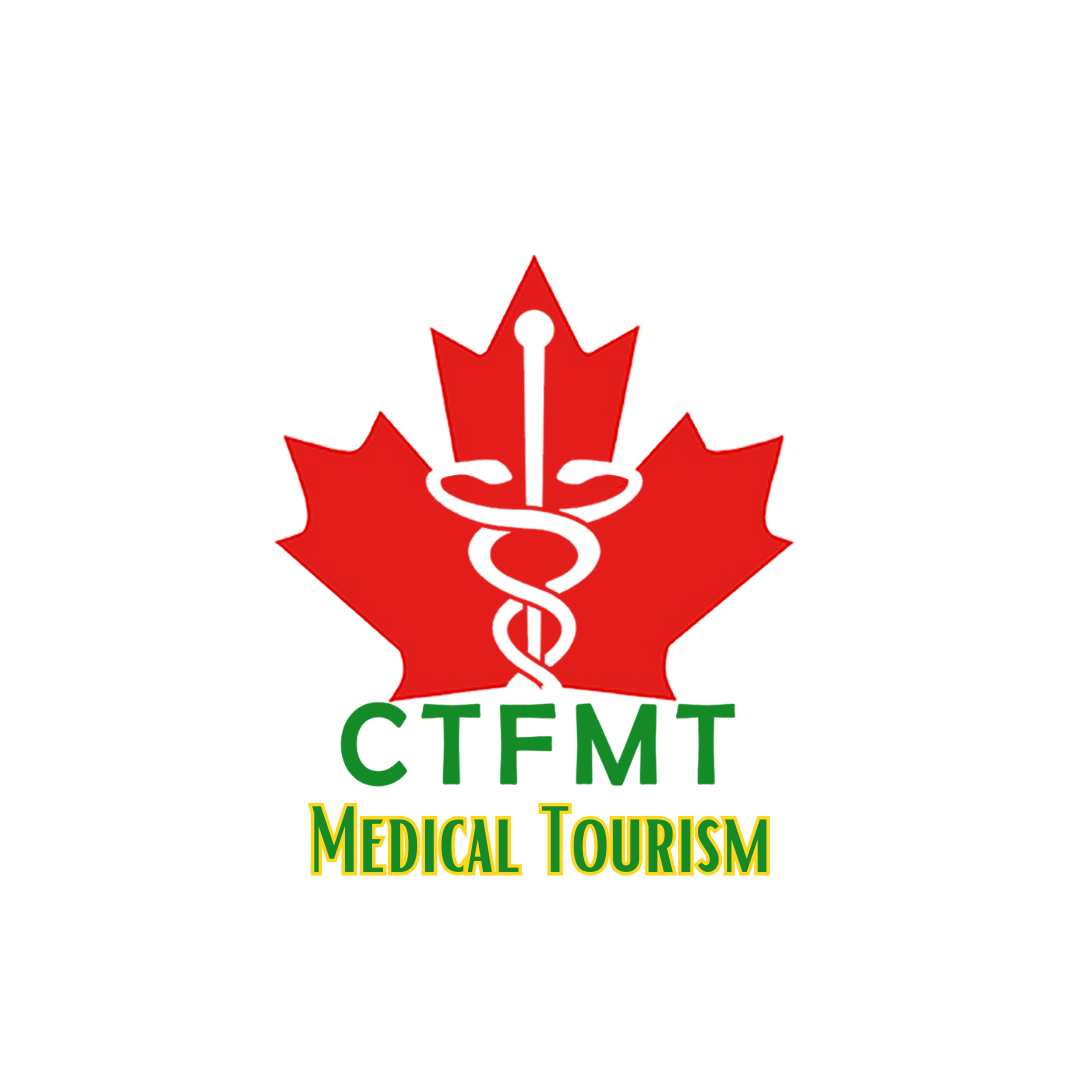Cancer Prevention, Prognosis and Treatment Program
The Cancer Prevention, Prognosis, and Treatment Program described above is a comprehensive approach to addressing cancer through a combination of scientific research, technological advancements, medical expertise, and patient care. The program aims to improve the quality of life and survival rates of cancer patients by integrating various strategies for inquiry, diagnosis, and treatment. Here’s an overview of the key components of the program:
Program Overview:

- Collaborative Effort: The program brings together the Molecular Immunology Center (MIC), SUMA technology for diagnostic prevention, and the expertise of Cuban oncology professionals. This collaboration combines scientific research, diagnostic tools, medical experience, and training to create a holistic approach to cancer care.
- Multidisciplinary Team: The medical services provided by the program involve a specialized team including an Oncology specialist, a Gynecology and Obstetrics specialist, a SUMA Laboratory bachelor, and a nursing bachelor. This multidisciplinary team ensures a comprehensive approach to cancer care, addressing different aspects of diagnosis and treatment.
Inquiry and Diagnosis:
- The program utilizes various diagnostic tools and technologies, including:
-
- SUMA® for laboratory diagnosis.
- UMELISAPSA for prostate cancer.
- SUMASOHF for colorectal cancer.
- SUMASCOPE®, SUMACRAF®, ASPIRAL, cytology kit, and gynecologic test kit for cervical pathology.
Treatment:
- The program employs specific and less toxic molecules for treatment, including:
-
- NIMOTUZUMAB: Used against advanced head and neck tumors.
- CIMAVAX EGF: A lung cancer treatment.
- RACOTUMOMAB: Another lung cancer treatment.
- Filgrastim: Used for prophylaxis and treatment of Neutropenia (low white blood cell count).
- Eritropoyetina: Treatment for anemia resulting from chemotherapy.
Impact of the Program:
- The program’s emphasis on early diagnosis of colon, prostate, and cervical cancer contributes to an improved quality of life and increased survival rates for patients. By combining advanced diagnostic technologies, specialized medical expertise, and targeted treatments, the program aims to make a positive impact on cancer outcomes.
It’s important to note that cancer is a complex and multifaceted disease, and successful outcomes can depend on various factors, including the type and stage of cancer, individual patient characteristics, and access to care. The described program’s integration of research, technology, and medical expertise demonstrates a comprehensive approach to cancer prevention, diagnosis, and treatment, with the ultimate goal of improving patients’ well-being and prognosis.
